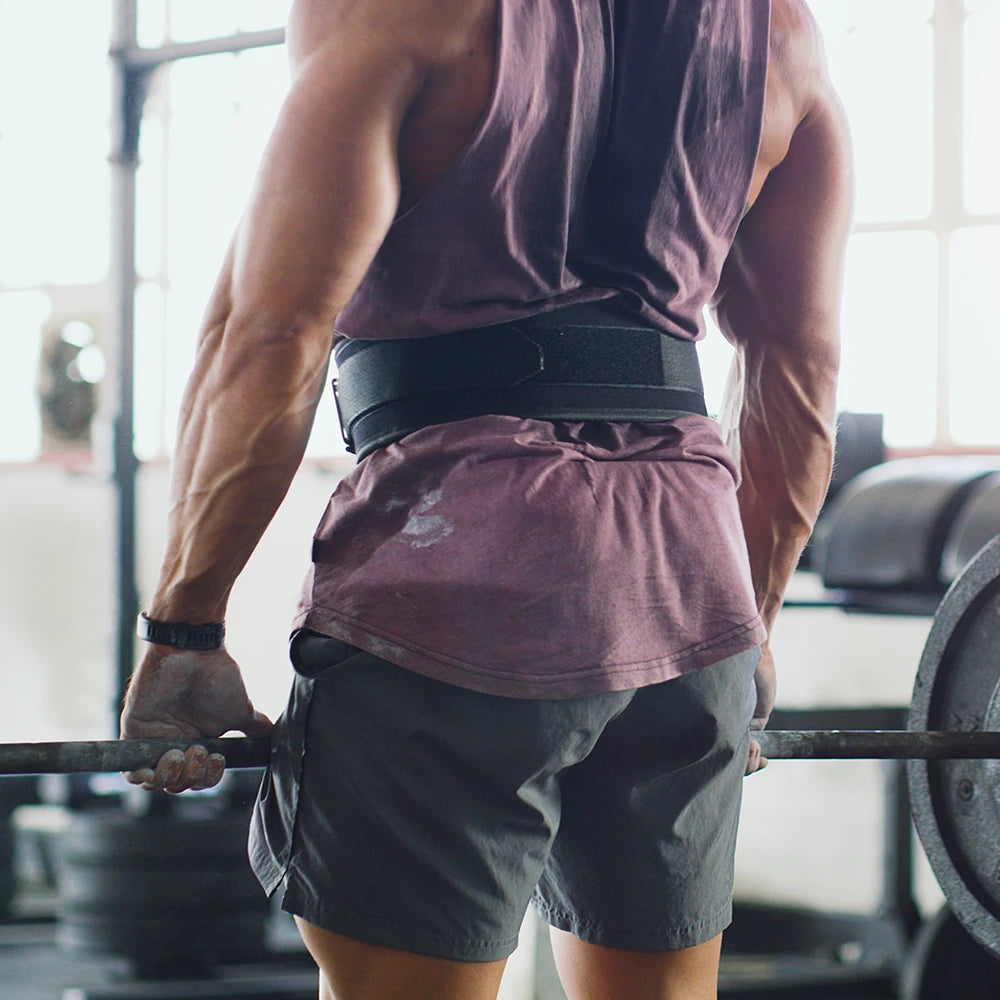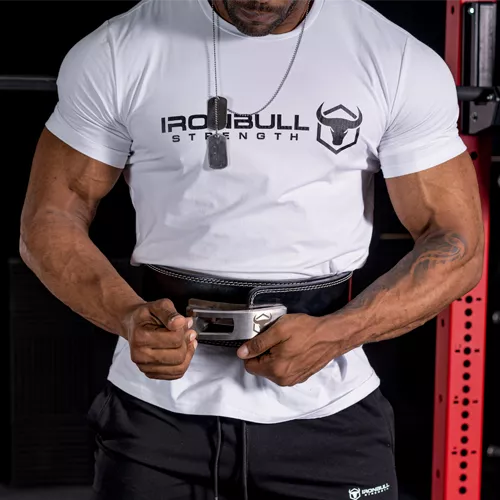Supinated vs Pronated Grip – Enhance your grip strength

What is supinated and pronated grip?
The grip you use can make a big difference. Two of the most common grips are the supinated and pronated grips.
Simply put, a supinated grip is when your palms face up, while a pronated grip is when your palms face down. These grips aren't just for show; they target different muscles and can change the effectiveness of your workout.
Grip variation is essential in strength training. It helps you target different muscles, prevents imbalances, and even reduces the risk of injury.
Switching up your grip keeps your body guessing and makes your workouts more effective. It's like having a secret weapon in your training arsenal.
If you want to practice both grip types, you need a olympic barbell. Whether you're doing curls, deadlifts, or rows, a barbell is the ideal tool for the job.
Muscles targeted by supinated grip
The supinated grip is excellent for targeting the biceps, forearms, and certain back muscles. It's the go-to grip for chin-ups, barbell curls, and deadlifts. If you're looking to build some serious arm strength, the supinated grip is your best bet.
One of the key benefits of using a supinated grip is that it puts more emphasis on the biceps. This means you can isolate those muscles and get the most out of your workout. It's like giving your biceps a VIP pass to the gun show.
To make the most of your supinated grip exercises, consider using an EZ curl bar. It's designed to reduce strain on your wrists while allowing you to isolate your biceps effectively.
Ensure to grab a pair of barbell clips for safety!
Muscles targeted by pronated grip
The pronated grip is about the lats, triceps, and shoulders. It's the grip of choice for exercises like pull-ups, bent-over rows, and deadlifts. If you aim for a strong, defined back, the pronated grip is where it's at.
This grip lets you focus on your back muscles more effectively. It also engages your triceps and shoulders, making it a well-rounded option for upper body strength. Think of it as the multitasker of grip types.
When lifting heavy with a pronated grip, wrist wraps can be a game-changer. They provide extra wrist support and help you maintain proper form, especially during challenging lifts. It's like having a spotter for your wrists.
Benefits of alternating grips
Alternating between supinated and pronated grips is a smart move. It leads to balanced muscle development and reduces the risk of injury. Mixing things up allows you to challenge different muscle groups and improve your overall strength.
Grip variation keeps your workouts interesting and prevents plateaus. It allows you to target specific muscles while avoiding overuse injuries. Plus, it can be fun to spice up your routine and keep things fresh.
To gradually increase the intensity as you switch grips, consider using steel plates with fractional plates. They allow you to add or swap out weight easily, making progress in your training easier. It's like leveling up in a video game.
Common mistakes to avoid with supinated and pronated grips
When using supinated and pronated grips, there are some common mistakes to watch out for. Improper wrist positioning and overloading weight too quickly can lead to injuries and hinder your progress. It's essential to prioritize safety and technique.
To avoid these pitfalls, keep your wrists straight and use a weight appropriate for your strength level. Gradually increase the load as you become more comfortable with the grip. It's like taking baby steps before running a marathon.
Choosing the right grip for specific exercises
Selecting the right grip for your goals is crucial. If you're aiming for strength, hypertrophy, or endurance, you'll want to choose a grip that aligns with those objectives. It's like choosing the right tool for the job.
For deadlifts, rows, and pull-ups, alternating grips can be beneficial. It allows you to target different muscle groups and get the most out of your workout. Think of it as a customizable workout plan.
A squat rack with safety arms is ideal for performing pull-ups and rows with supinated and pronated grips. It provides a safe and stable environment for your lifts, giving you the confidence to push your limits.
Grip strength and its importance
Grip strength is a key factor in overall performance. It plays a role in lifting heavy weights to injury prevention and endurance. Having a strong grip can make a significant difference in your training.
To improve your grip strength, consider incorporating exercises like farmer's carries, dead hangs, and wrist curls into your routine. These exercises target the muscles in your hands and forearms, helping you develop a vice-like grip.
Power rack with safety pins are also a valuable addition to your setup. They allow you to safely train with heavier loads, especially for exercises challenging your grip strength. It's like having a safety net when you're pushing your limits.
Finding the right balance in grip training
Incorporating both supinated and pronated grips into your routine offers a range of benefits. It promotes balanced muscle development, reduces injury risk, and keeps your workouts interesting. You can find the best fit for your goals by experimenting with different grips.
Keep various plates on hand to gradually increase the intensity of grip-based exercises. This allows you to progress at your own pace and continue challenging yourself. It's like having a well-stocked toolbox for your fitness journey.










